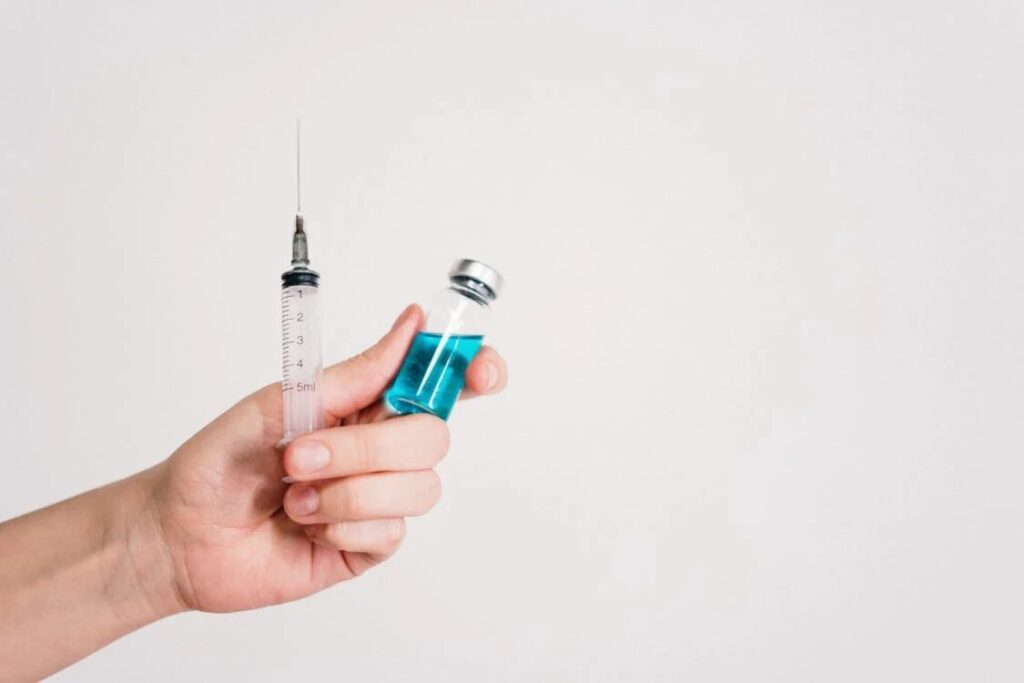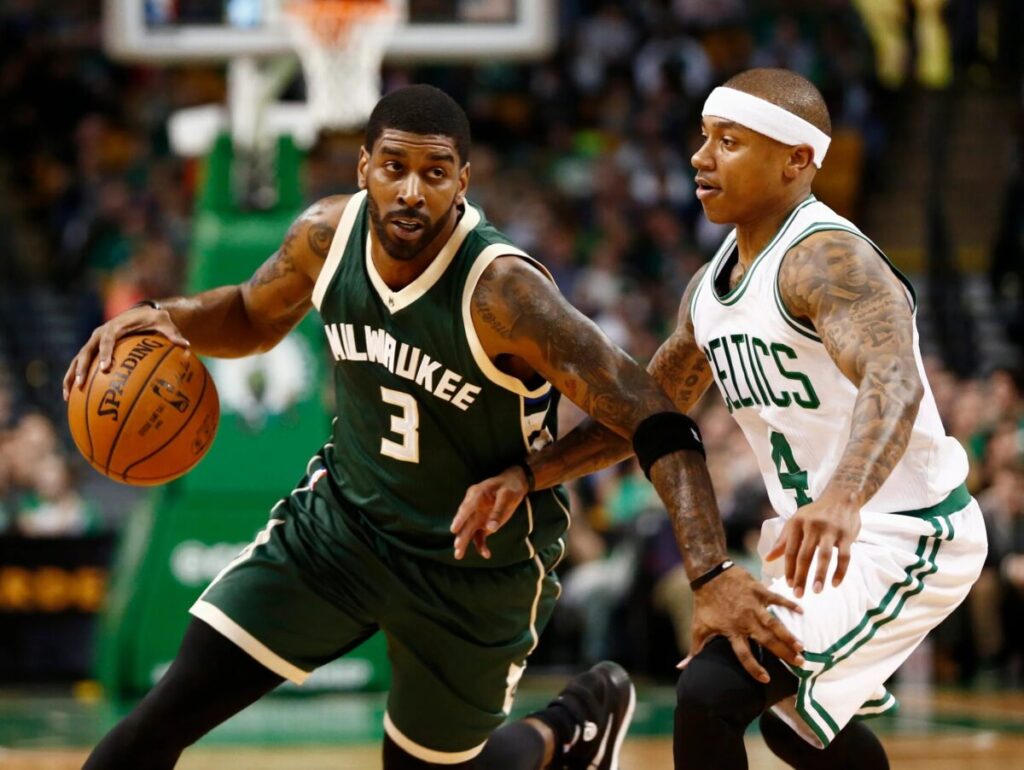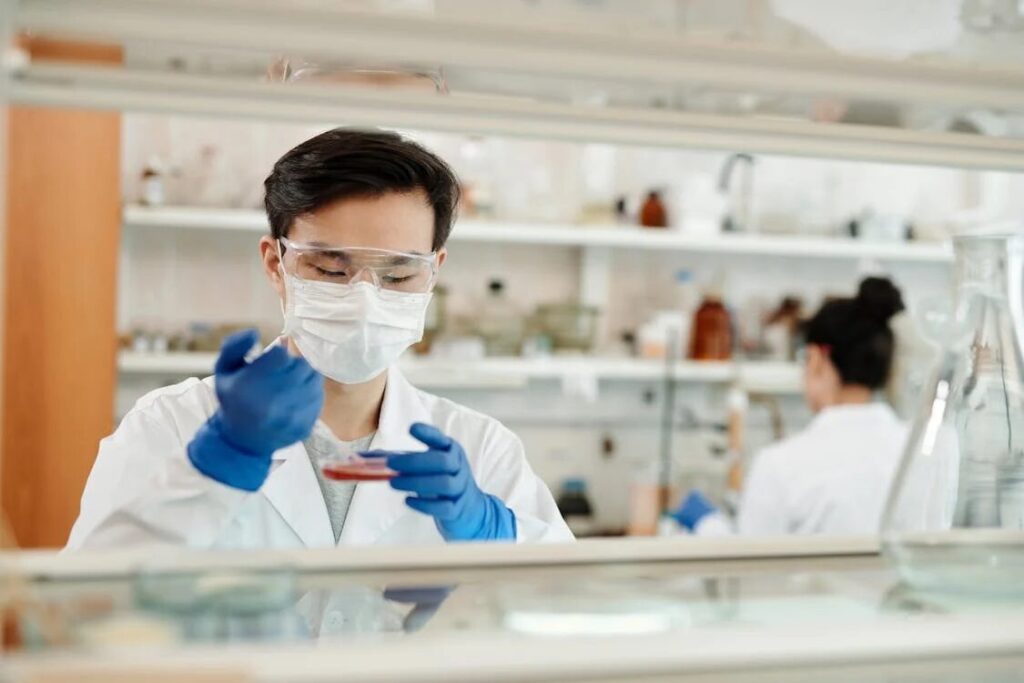While less prevalent compared to other professional sports like baseball and football, the use of performance-enhancing drugs like steroids has occurred in the NBA as well. The NBA first began testing players for steroids during the 1983-1984 season.
Since then, the league has implemented increasingly strict policies and penalties for PED usage.
Some key events and figures related to steroids in the NBA:
- In 1999, the first NBA player was permanently banned for using steroids – forward Stanley Roberts.
- In 2005, the NBA and Players Association agreed to stricter random testing policies for performance-enhancing drugs.
- Players are subject to four random tests each season. The penalties for testing positive become increasingly severe with each violation.
- High-profile players like Rashard Lewis, OJ Mayo, and Hedo Turkoglu have received suspensions for positive steroid tests over the past 15 years.
While PED usage is not considered widespread in the NBA, the above examples demonstrate it remains an ongoing issue that the league continues working vigilantly to address through testing, policy, and education initiatives.

Notable Players Suspended for Steroid Use
OJ Mayo
In 2016, Milwaukee Bucks guard OJ Mayo became the first high-profile NBA player to receive a multi-year ban for violating the league’s anti-drug policy after testing positive for dehydroepiandrosterone (DHEA).
DHEA is classified as an anabolic steroid by the NBA and is banned under the current collective bargaining anti-drug program. The suspension was Mayo’s third violation of the program.
Mayo was dismissed and disqualified from the NBA for a minimum of two years under the drug program guidelines. He would be eligible to apply for reinstatement in 2018 but has not returned to the league since the suspension.

See other huge scandals that happened in the NBA here!
Rashard Lewis
In 2009, Rashard Lewis of the Orlando Magic was suspended for 10 games for testing positive for dehydroepiandrosterone (DHEA), the same banned substance that OJ Mayo tested positive for seven years later.
Lewis claimed he had unknowingly ingested DHEA through an over-the-counter supplement he was taking. He accepted responsibility for the positive test and served a 10-game suspension.
The incident put increased scrutiny on the policies around NBA players taking supplements not approved by the league or players association.

Hedo Turkoglu
In 2013, veteran forward Hedo Turkoglu tested positive for methenolone and was suspended 20 games for violating the league’s anti-drug program – the second longest non-drug-abuse suspension for PEDs in NBA history.
Hedo Turkoglu turns 44 today! 🎂
— FIBA (@FIBA) March 19, 2023
Join us in wishing the Turkish 🇹🇷 legend a very happy birthday with his highlights from 2010 #FIBAWC final against USA 🇺🇸 pic.twitter.com/A8eHn0MZxT
Turkoglu said in a statement that he had been given medication by a trainer in Turkey while rehabbing from an injury, suggesting he did not realize or intend to take the banned substance.
Regardless, he took accountability for the positive test, served his 20-game suspension, and later returned that season once eligible.
How Testing Works in the NBA
Under the NBA’s current collective bargaining agreement and anti-drug program:
- Random testing – Players are subject to four random tests each season. All players are included in the random player pool. Veterans and rookies are tested at equal rates.
- Reasonable cause testing – If reasonable cause exists, players can be subjected to additional testing. Reasons may include an arrest for substance violations, relationships with someone dealing or using banned substances, or unusual behavior indicating drug use.
- Drugs tested – The NBA tests for stimulants like methamphetamine, certain pain medications, anabolic steroids, hormones like DHEA, antidepressants, and recreational/street drugs like heroin and methadone.
- Banned substance exceptions – Some banned substances like Adderall can be allowed through a medical exception process if a player has a verified medical reason requiring use.

Consequences for Positive Steroid Tests
Under the NBA’s current collective bargaining agreement:
- 1st positive test – 20-game suspension
- 2nd positive test – 45-game suspension
- 3rd positive test – Dismissal and disqualification from the NBA for a minimum of two years.
The suspensions and bans are served without pay. The league and teams have no obligation to pay the suspended player during this time.
After two years, a permanently dismissed player can apply for reinstatement. However, reinstatement is not guaranteed and the league ultimately determines if and when a player can return based on various criteria.





